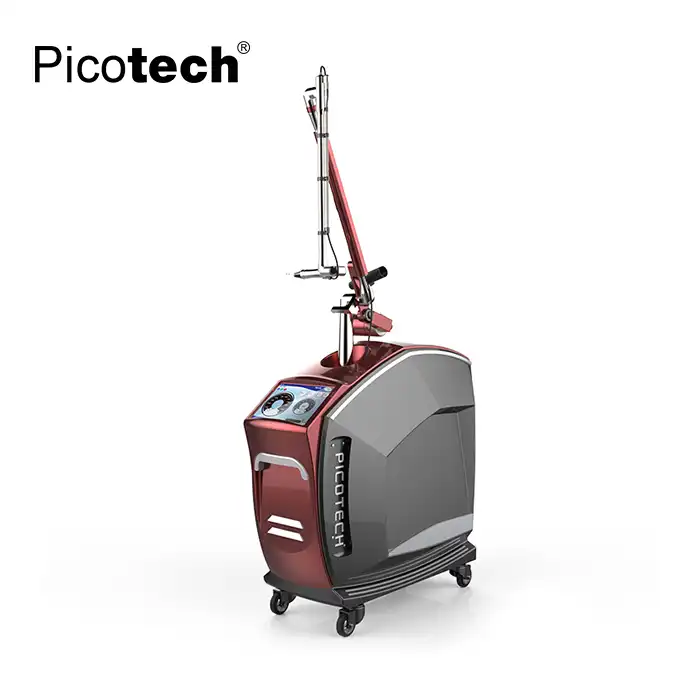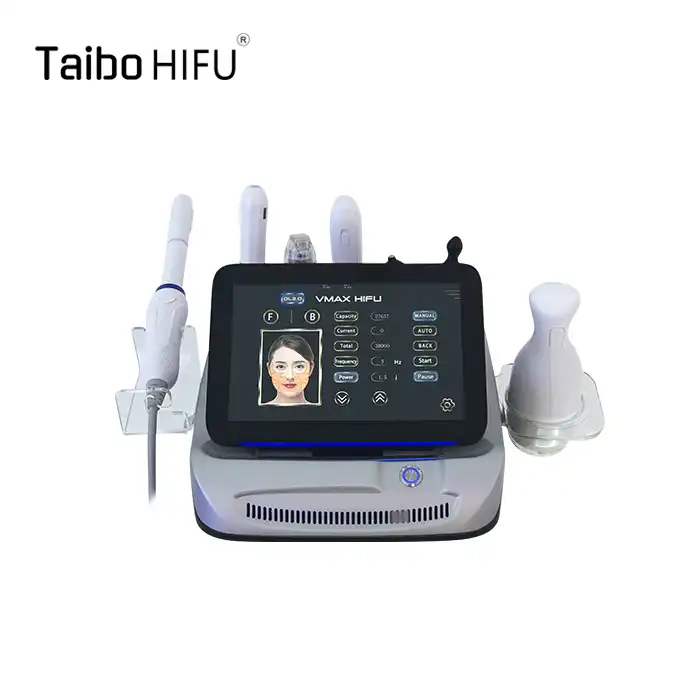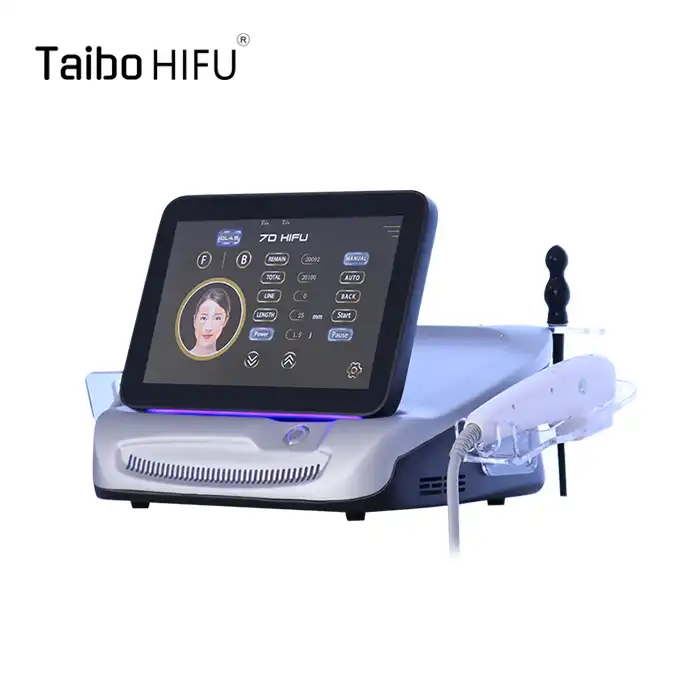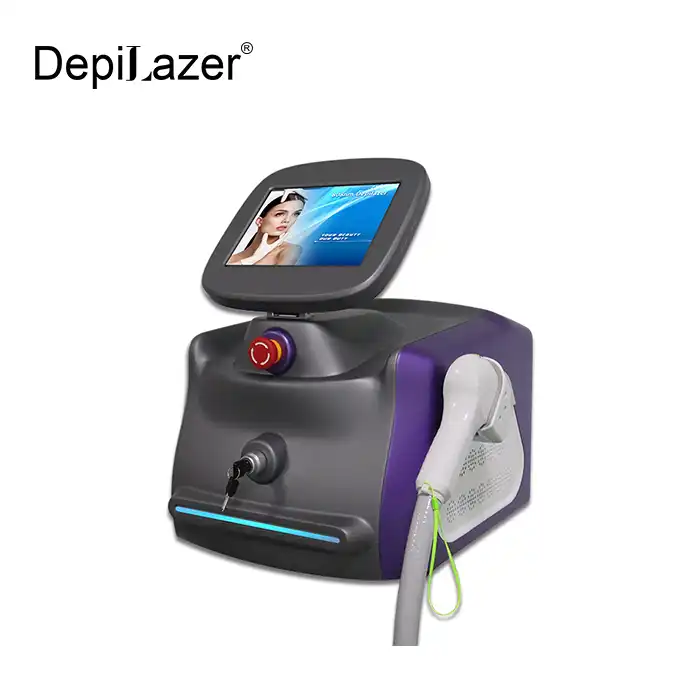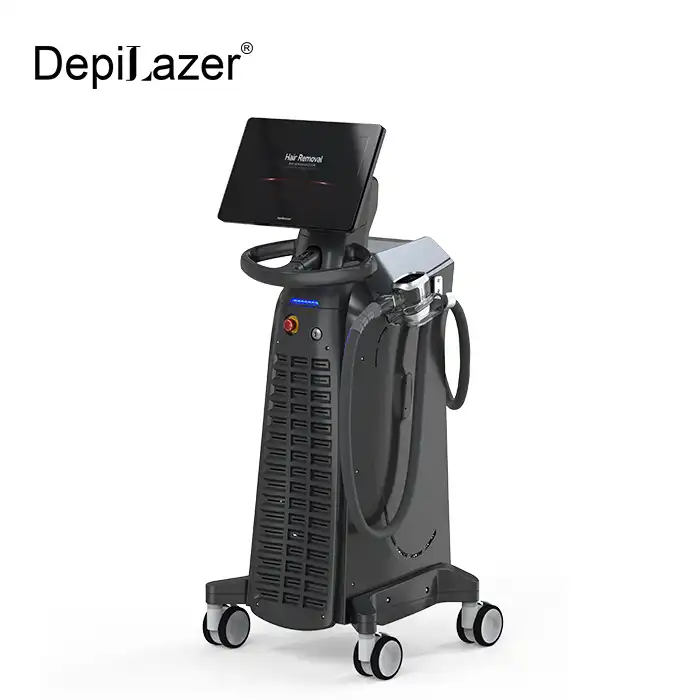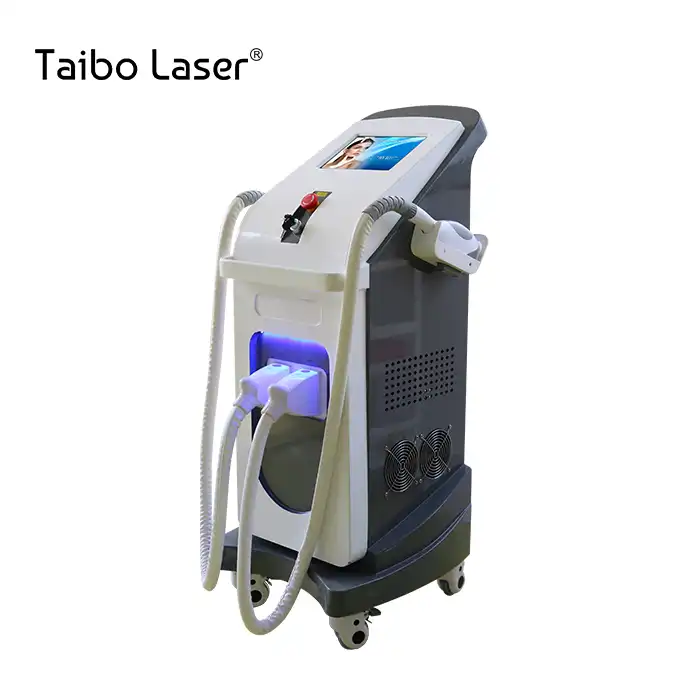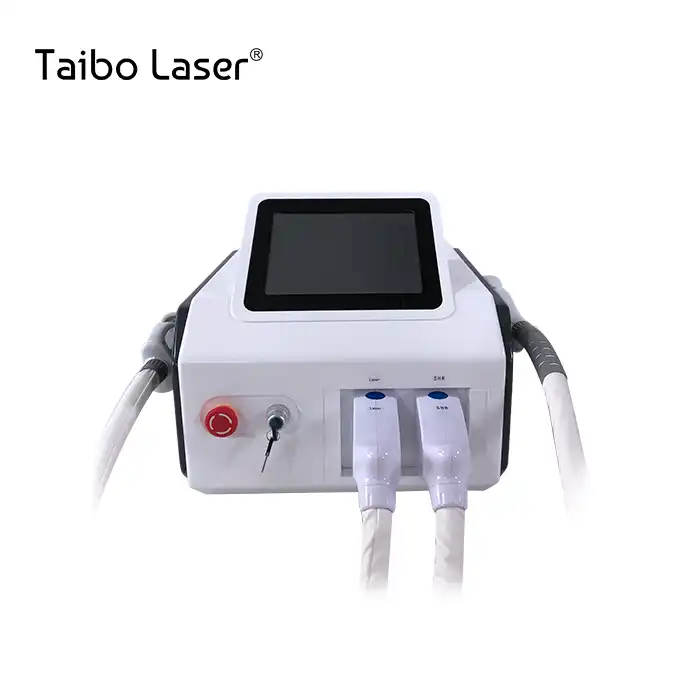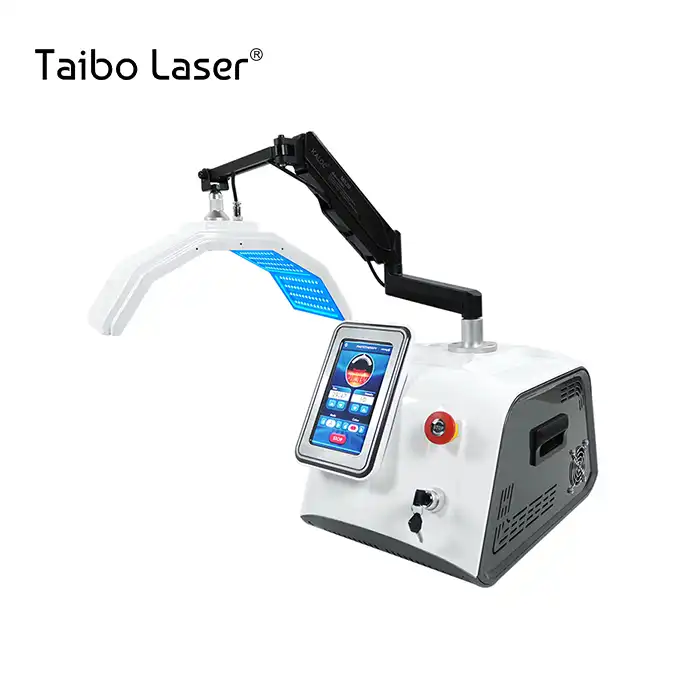Understanding the Foundations of Laser Hair Removal Technology
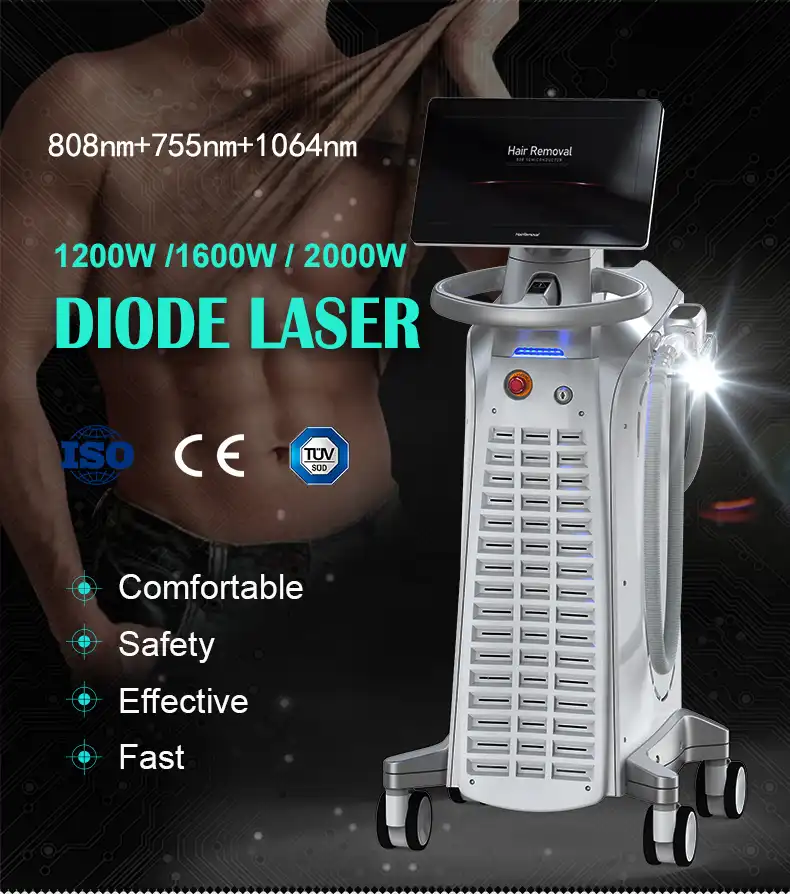
The Science Behind Laser Hair Removal
At the heart of every professional laser hair removal device lies a profound understanding of the science that makes it work. The process relies on the principle of selective photothermolysis, where specific wavelengths of light are absorbed by the melanin in hair follicles. This absorption leads to heat generation, effectively damaging the follicle and inhibiting future hair growth. The diode laser, a semiconductor device that converts electrical energy into light, has become the gold standard in laser hair removal technology due to its efficiency and precision.
Key Components of a Laser Hair Removal Device
Building a professional laser hair removal device requires a thorough knowledge of its essential components. The core element is the diode laser module, which generates the high-intensity light beam. Accompanying this are sophisticated cooling systems to protect the skin, power supply units, control boards, and user interface components. Each part plays a crucial role in ensuring the device's safety, efficacy, and ease of use.
Regulatory Considerations and Safety Standards
Before embarking on the construction of a laser hair removal device, it's imperative to understand the stringent regulatory landscape. Various international bodies, such as the FDA in the United States and the CE in Europe, have established rigorous safety standards for these devices. Compliance with these regulations is not just a legal requirement but a crucial step in ensuring the safety and efficacy of the final product. This includes adhering to specific power output limits, implementing fail-safe mechanisms, and providing comprehensive user safety guidelines.
Designing the Core: The Diode Laser System
Selecting the Optimal Wavelength
The cornerstone of an effective professional laser hair removal device is the selection of the appropriate wavelength. Diode lasers typically operate in the near-infrared spectrum, with wavelengths ranging from 800 to 1100 nanometers. The most common and effective wavelength for hair removal is 808nm, striking an optimal balance between melanin absorption and skin penetration. This wavelength effectively targets the hair follicle while minimizing absorption by surrounding tissues, making it suitable for a wide range of skin types.
Engineering the Laser Module
The laser module is the heart of the device, requiring meticulous engineering to ensure both power and precision. High-quality diode bars are arranged in stacks to produce the desired output power, which can range from 10 to 120 watts or more, depending on the device's intended use. The module must be designed to maintain consistent energy delivery across treatments, with sophisticated monitoring systems to prevent overheating or power fluctuations. Additionally, integrating a reliable cooling system for the diode array is crucial to maintain performance and extend the device's lifespan.
Implementing Pulse Control and Energy Delivery Systems
Effective hair removal necessitates precise control over the laser's pulse duration and energy delivery. Advanced diode laser devices incorporate programmable pulse controls, allowing for customization based on hair type, skin color, and treatment area. The energy delivery system must ensure uniform distribution across the treatment area, often achieved through carefully designed optics and beam homogenizers. This level of control not only enhances treatment efficacy but also significantly contributes to patient safety and comfort.
Integrating Safety and Comfort Features
Advanced Cooling Technologies
A critical aspect of building a professional laser hair removal device is the integration of effective cooling systems. These systems serve dual purposes: protecting the patient's skin from thermal damage and enhancing comfort during treatment. State-of-the-art devices often employ a combination of contact cooling, where a chilled sapphire or diamond tip is in direct contact with the skin, and dynamic cooling devices (DCD) that spray cryogen onto the skin immediately before each laser pulse. The engineering challenge lies in seamlessly integrating these cooling mechanisms with the laser delivery system, ensuring optimal skin protection without compromising treatment efficacy.
Skin Type Detection and Treatment Customization
To enhance safety and efficacy across diverse skin types, modern laser hair removal devices incorporate sophisticated skin detection systems. These systems typically use reflectance spectrophotometry to analyze the patient's skin type and melanin content. Based on this analysis, the device can automatically adjust laser parameters such as fluence, pulse duration, and spot size. This level of customization not only optimizes treatment outcomes but also significantly reduces the risk of adverse effects, particularly in patients with darker skin tones or those prone to hyperpigmentation.
User Interface and Control Systems
The user interface is the bridge between the sophisticated technology within the device and the operator. Designing an intuitive, responsive, and informative interface is crucial for ensuring safe and effective treatments. Modern professional laser hair removal devices often feature touchscreen displays with graphical user interfaces that guide operators through treatment protocols. These interfaces should provide real-time feedback on laser parameters, treatment progress, and system status. Additionally, incorporating features like user authentication, treatment logs, and calibration reminders can enhance both the safety and efficacy of the device.
Conclusion
Building a professional laser hair removal device is a complex endeavor that combines cutting-edge technology with meticulous engineering and stringent safety considerations. From the core diode laser technology to advanced cooling systems and intuitive user interfaces, each component plays a vital role in creating a safe, effective, and user-friendly device. As the field of aesthetic technology continues to evolve, the future of laser hair removal devices promises even greater precision, efficiency, and customization. If you want to get more information about this product, you can contact us at susan@taibobeauty.com.














